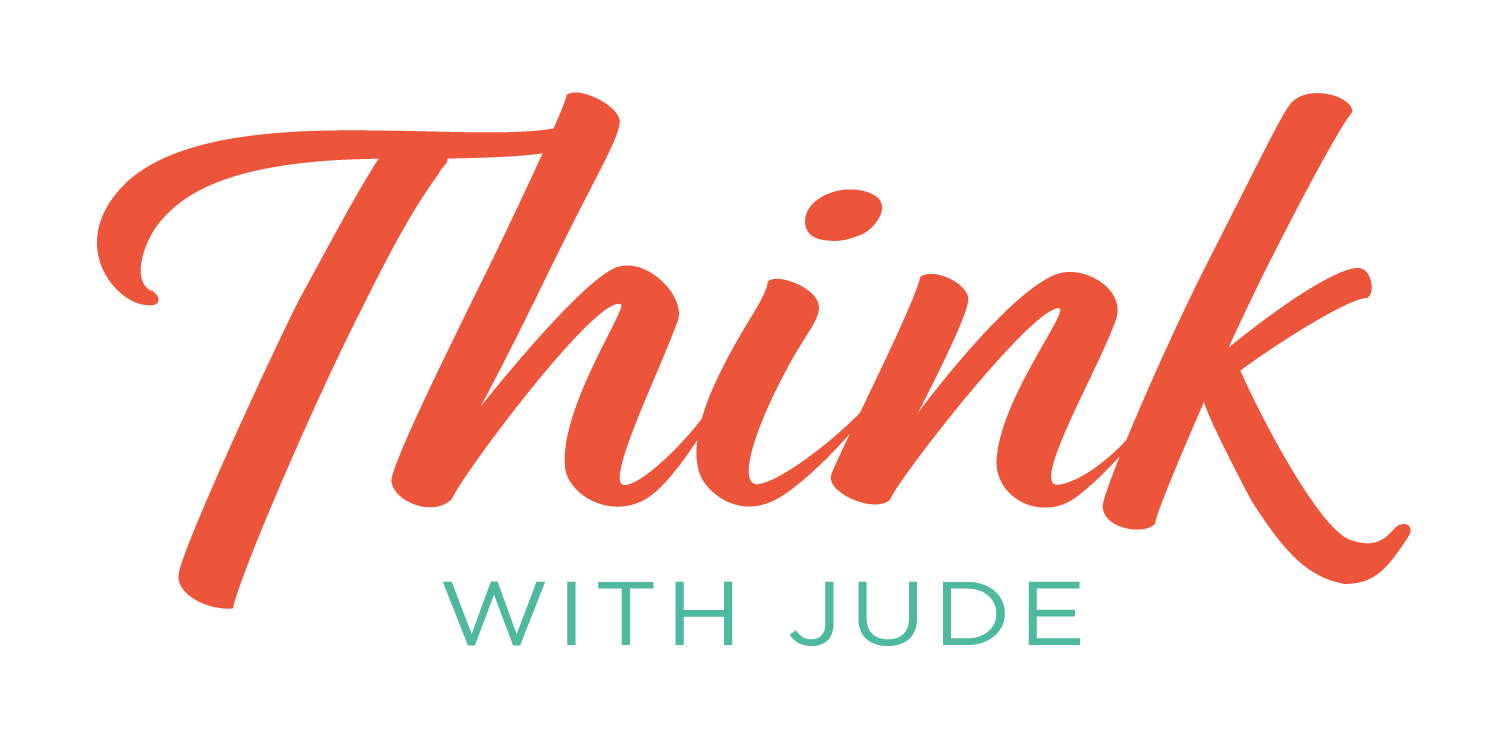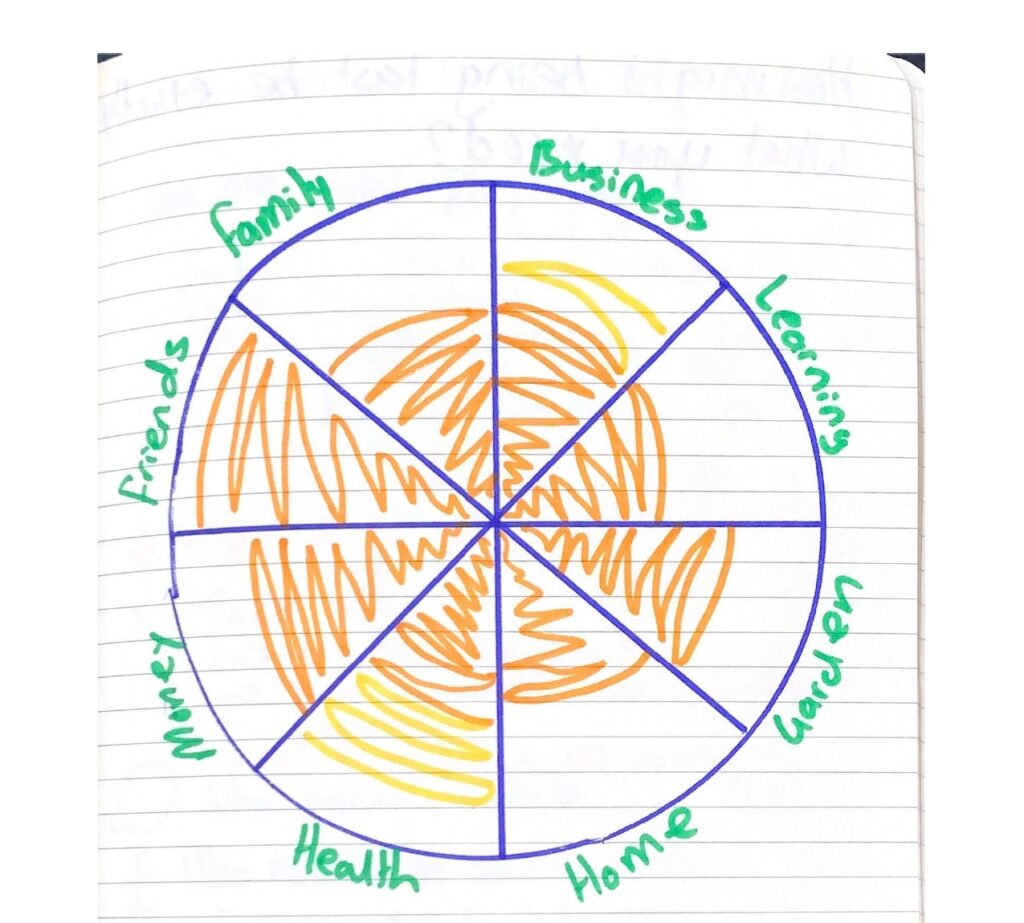Presenting tips part 2 : Does power posing really work?
Have you ever heard of Amy Cuddy?
Her TED talk, Your body language may shape who you are, is the second most watched of all time and introduced millions to power posing.
What is power posing?
Power posing is a technique where you stand in a posture that is associated with being powerful, like Wonder Woman, for a period of time to boost your feelings of confidence.
Image credit : Photo by Lucas Lenzi on Unsplash
It emerged from the idea that we can judge how confident someone is by their non-verbal behaviour. So Amy and her collaborators hypothesised that maybe you could the change the way you think and feel about yourself by changing your posture.
To test this, researchers had students hold either two high power poses or two low power poses for one minute each, two minutes in total. These are the example poses shown in the research paper, page 1356.
Then they tested:
- Changes in testosterone, the dominance hormone and cortisol, the stress hormone.
- If the participant took a risk on a gambling challenge or not.
- How powerful they reporting feeling afterwards.
The results showed that those who held high power pose positions felt more powerful, experienced an increase in testosterone, a decrease in cortisol and were more likely to take a risk in the gambling challenge.
Or in short, holding a high power pose made participants feel more confident mentally and biologically.
Amy’s talk sent people all over the world nipping to the loo before a presentation or interview to stand like wonder woman for two minutes to boost their confidence.
But not all the science stacked up and Amy came under vicious scrutiny by the very statisticians whose advice she’d followed. This lengthy, but juicy, New York Times Magazine article goes into all the details including how her own collaborator cut ties. It’s brutal.
Does power posing work or not?
The research to date is showing that low power poses do influence the way you feel about yourself, so are likely to make you feel less powerful and confident.
But high power poses do not seem to have the opposite effect. No need to stand like wonder women for two minutes in the loo then.
Instead you need to get your wings out.
Top tip: Get your wings out
When I tell people this they laugh as I flap my elbows about.
But there is some logic to the madness.
In the times when you feel most confident and powerful there tends to be a lot of space around your armpits. Think about raising your hand when you knew the answer at school.
So something you can do break the cycle of nervousness is to gently clasp your hands in front of you, on top of the table if there is one, and let your elbows naturally drift out. No flapping!
This is a subtle way of taking up space that you can do while you’re waiting to talk and while you’re talking.
What other ways can you think of to expand your posture away from low power positions?
I still power pose
Despite all the drama I still recommend Amy’s talk to people I coach. It’s an inspiring watch and I love Amy’s message of, ‘fake it, till you become it’.
And I still power pose in the loos before presentations.
Combined with breathing I find it helps me to block out the vampire voice in my head so I can reassure myself that feeling nervous is ok and everything will be ok. It’s just part of my process.
Give it a try and let me know how it goes.
Never want to miss another letter? Click now to sign up for weekly tips on how to be more coach-like in your work, career and life.




